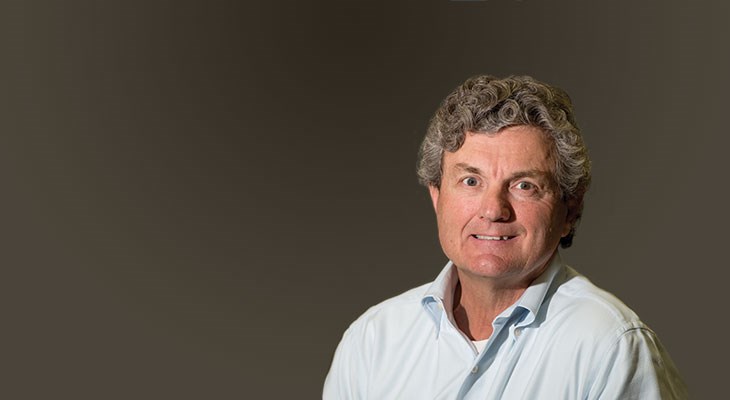A. Ray Dalton is always looking for the next problem to solve.
As an entrepreneur, investor and dealmaker, he’s built and sold nine companies, completed more than 100 acquisitions and divestitures and used his ingenuity to save hundreds of millions of dollars for clients. One key to his success building companies like PartsSource and now reLink Medical is knowing which problems are worth the effort to fix.
“There are tens of thousands of good ideas that never make it to market because people are trying to solve too many things all at once,” says Dalton. “It’s about distilling the problem to where it’s a rifle shot. You know exactly why you get up in the morning and exactly what you do. You drive by other problems that you could solve on the way to solving the one problem you have committed to.”
This week, Dalton discusses his approach to finding the right investment opportunity.
Move forward strategically
We complete a top-to-bottom and bottom-to-top strategic review twice a year to determine our strengths and to identify our shortcomings. Based on the outcome, we develop an organic growth plan. That exercise identifies for us if we need to go outside the organization to grow. At this juncture, we complete a build, buy or partner project profile for each area. We then use our customer and competitor database to complete the first match of geography, size and strength. From here, the personal investment of time begins to sort and select opportunities. We always do the assessment and contact with our leadership team. Businesses have a culture and culture matters.
Identify the problem you are looking to solve and determine why your solution is better, faster and/or cheaper. Analyze market opportunity, how many potential customers have this problem, and transaction size, how many would pay you to solve the problem? Cheaper should never be the primary driver, but is usually part of the solution.
Stay very focused on the problem to be solved. Distractions are easy and staying focused is often difficult, especially during the early stage of customer acquisition. However, focus drives results and results attract buyers. The next step is to determine in advance who would buy you if you could actually do this. Determine the top-five buyers and build the company as if they were going to be the buyers. Set up the structure and management team to be attractive to the buyer. Your customer will love this because when you look like, act like and perform like a bigger company, the customer feels more secure. As a general rule, customers do not like risk.
Find the right opportunities
I’m motivated and energized by workforce development. Can you put people to work to solve a problem? Is it a problem that brings some sort of resolution, particularly in health care, which is where 99 percent of my time has been spent? How do I reduce the cost for a hospital? I believe if I reduce that cost, it means there is going to be more money for that hospital to use for its mission to serve people that need health care.
It’s a constant challenge of sorting out which problems to solve. I have more ideas than I have time, so it’s really a ranking and stacking of those problems to figure out which ones and in what order you can do them. Some of them are bleeding edge. It’s so early on the solution side that you just have to wait it out until you can get more information. Instead of just jumping into a problem and saying, ‘I’m going to quit my job and solve that problem,’ I do an extensive amount of personal research. Who has tried it? Why is it a problem? Is it a problem of people not executing? Or is it a problem that needs to be isolated and solved? Everybody has got at least one company in them, that one great idea they could monetize. But you can’t get to that one great idea if what you get into is more opportunistic than strategic.
All these problems that you’ll come across would have already been solved if it were easy. None of them are easy. Where there is chaos, there is profit. You can’t generate a business that drives a profit, pays the bills and employs people without chaos. There has to be a lot of noise in that area for you to take out. Taking the noise out is where you generate the revenue and the return.
It’s really easy to get distracted by the lottery ticket. You’re focusing on the problem of equipment repurposing and in that box, you find some surgical drills and you think, maybe I should get into the surgery business. No. You’re in the business of repurposing medical devices. This just happens to be one of those medical devices. Stay highly focused, highly strategic and execute well on the main problem you’re trying to solve.
The Last Word
When you’re doing deals, you have to figure out very quickly and very clearly how everybody wins. Every single day, people go to work and at the end of the day, before they get in their car and go home, they want to know: Did that day make a difference? What did they do that day that made a difference in their personal lives or the job they are doing? You have to be able to clearly lay out winning. You have to know when you’re winning. That motivates you to come back the next day. For years, I really struggled with trying to make people like me. I realized nobody was like me and what a great thing. What could we do as employers or as entrepreneurs to have people be able to achieve, win and be the best they can be?




